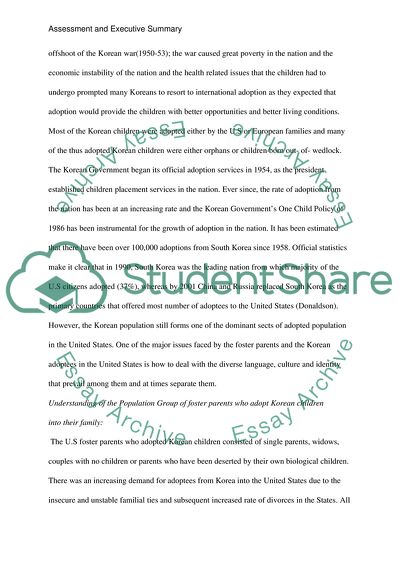Cite this document
(Foreign Language Coursework Example | Topics and Well Written Essays - 2000 words, n.d.)
Foreign Language Coursework Example | Topics and Well Written Essays - 2000 words. https://studentshare.org/sociology/1717060-foreign-language
Foreign Language Coursework Example | Topics and Well Written Essays - 2000 words. https://studentshare.org/sociology/1717060-foreign-language
(Foreign Language Coursework Example | Topics and Well Written Essays - 2000 Words)
Foreign Language Coursework Example | Topics and Well Written Essays - 2000 Words. https://studentshare.org/sociology/1717060-foreign-language.
Foreign Language Coursework Example | Topics and Well Written Essays - 2000 Words. https://studentshare.org/sociology/1717060-foreign-language.
“Foreign Language Coursework Example | Topics and Well Written Essays - 2000 Words”. https://studentshare.org/sociology/1717060-foreign-language.


